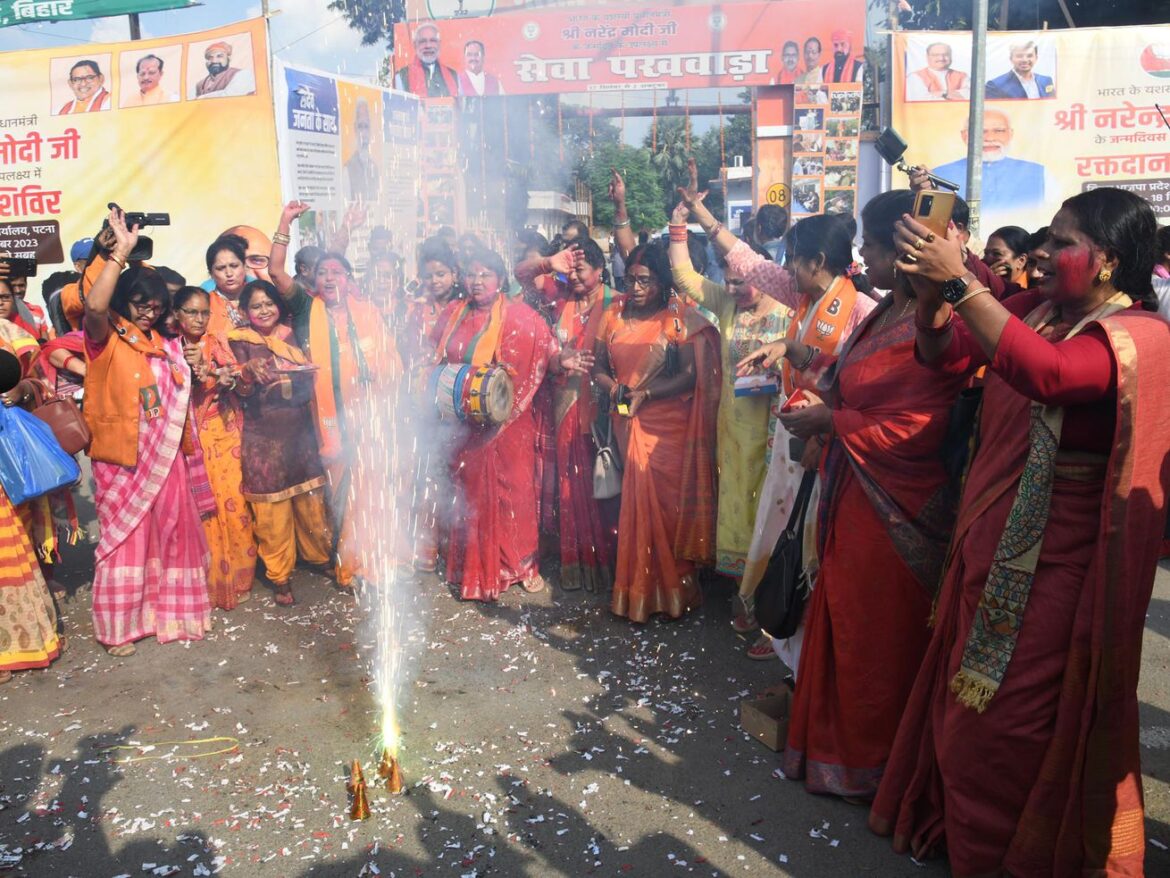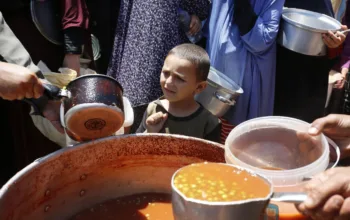The new law reserves a third of seats in Parliament and state assemblies for women, but could take years to implement.
A bill requiring India’s parliament to set aside a third of its seats for women candidates passed the body’s upper house on Thursday, potentially paving the way for greater political participation for India’s women.
Women’s representation in both houses is around 14 percent, and women made up only about 8 percent of the candidate field in 2014. Proponents of the bill say that it could foment better policies for women in areas like education, healthcare, and employment while opening pathways for India’s women to pursue higher education and career opportunities.
Parliament has been trying to pass the law since 1996; though it’s now passed both houses and is virtually guaranteed to take effect, the new measure still has to be approved by at least 14 of India’s 28 state legislatures to become enshrined in the constitution. The new legislation will affect not just representation in Parliament, but in the state assemblies as well. Despite support for the bill, however, it could be years before it’s passed and even longer before actual social effects are legible.
The new law is just one tool to improve the lives of Indian women
Local councils in India have had gender quotas since 1993; every five-year election cycle, one-third of villages within each state are randomly selected to have a woman leader of the local council. This policy has effectively increased women’s political participation on the local level — not just by having more women in leadership, but also by encouraging women to come to local councils with their concerns. That, in turn, encourages policies more germane to their needs, according to a study following the first decade of the local council policy. That said, political experts have warned the new law isn’t a panacea for representation.
“The first thing to keep in mind is that, obviously, these kinds of quotas are effective only if they do get women into political positions,” Rohini Pande, director of the Economic Growth Center at Yale University, told Vox in an interview. “We don’t fully have clarity right now on exactly how India’s going to implement it.”
Whatever arrangement the government decides on, the new policy may not go into effect until elections in 2029, the government has said, although opposition lawmakers in Parliament have pushed for immediate implementation. Two major projects are delaying the implementation: India’s 2021 census, already disrupted by the Covid-19 pandemic and other logistical issues, still must be conducted; and the delimitation process, which changes the boundaries for India’s parliamentary constituencies and could alter how many seats are in Parliament and in state assemblies based on population. There are no firm dates set to complete either project.
“If women get politically strong, we will get to play a role in decision-making,” Sarmistha Kumar Sethi, a member of the Lok Sabha, Parliament’s lower house, told Reuters. Sethi’s political party, Biju Janata Dal, implemented a quota in the 2019 elections ensuring that a third of its candidates were women.
When women are in leadership positions, “Women make different policies,” Pande said. “Women tend to emphasize policy issues that are relevant for women. This extends both from the kind of public goods that women may care more about given their responsibilities to thinking more about safety, making it easier for women to report on crime, or investments in women’s health.”
And overall, Pande said, having women in respected government positions, where they are both visible and paid, will change women’s aspirations and beliefs about what they are capable of.
Beyond improving gender diversity, Pande noted the new policy could increase minority and caste representation in politics as well. Recent research has found ”that, as we move up the caste distribution, we have more conservative social norms of women’s role outside the household,” Pande said. “So reflecting this, the women who are more likely to join politics are actually from lower castes.”
As parties wait for the policy to take effect, they could implement new policies internally to shore up Indian women’s power, as Yamini Aiyar, head of the New Delhi-based think tank Centre for Policy Research told Reuters: “If political parties are genuinely so committed to the idea of female representation, nothing stops them from ensuring that they hand out more tickets to women in general elections.”



